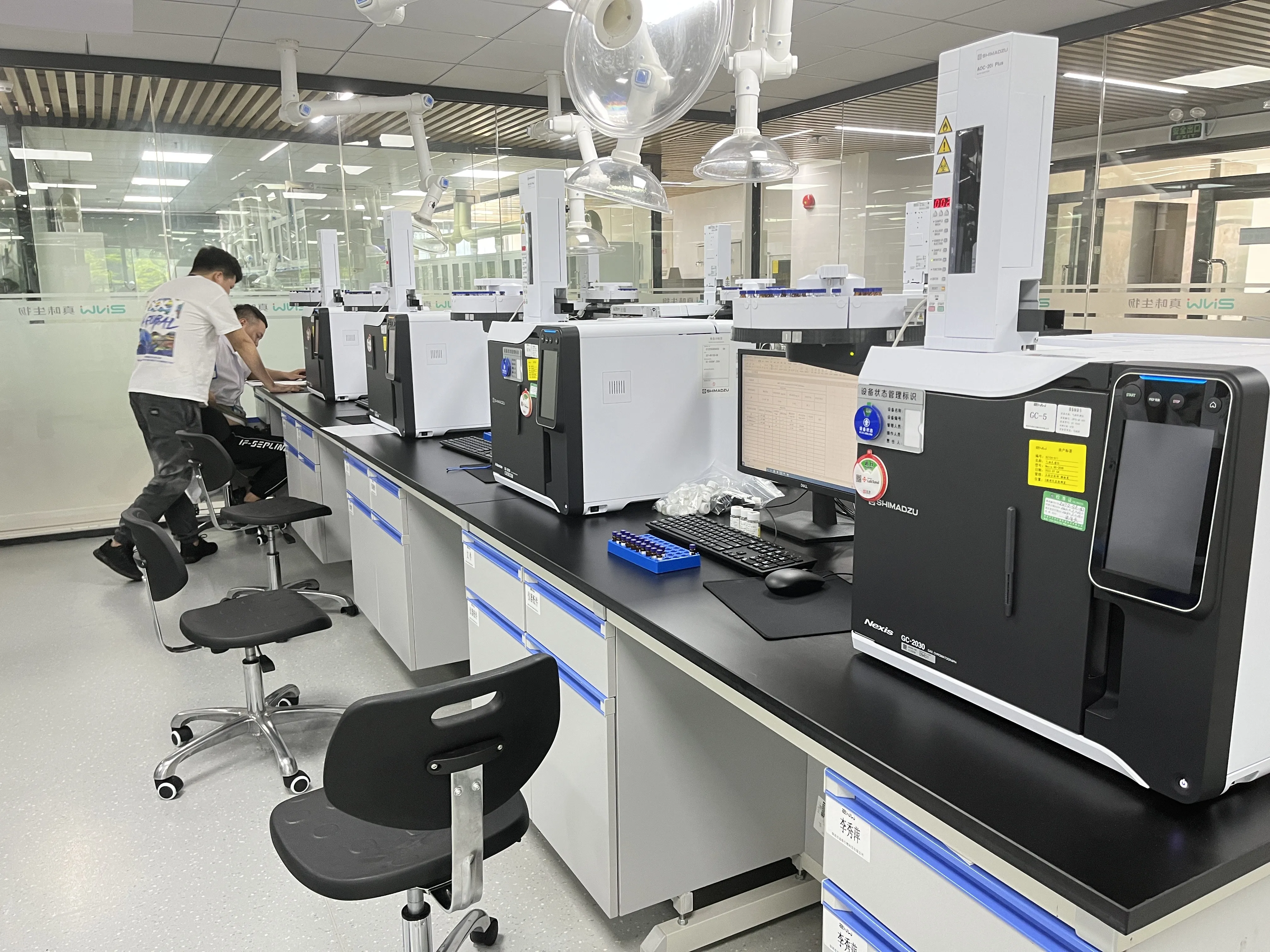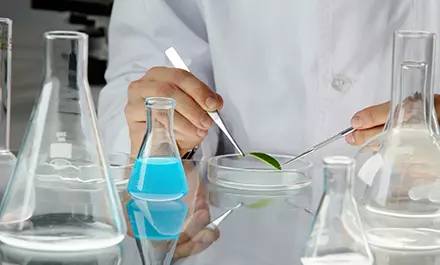
Do i need to decarboxylate before making ejuice?
As the popularity of vaping rises, more people are trying to create their own e-juices. Making your own e-juice is a great way to save money and enjoy the satisfaction of creating something unique. However, creating e-juice requires a bit of knowledge and preparation, particularly when it comes to whether or not to decarboxylate before making e-juice. In this essay, we will look at the reasons why decarboxylation is important and why it is needed before making e-juice.
Decarboxylation is the process of heating cannabis or hemp plant material to a certain temperature to activate the cannabinoids. Cannabinoids such as THC and CBD are present in raw cannabis or hemp strains in the form of THCA and CBDA, respectively. They need to be activated before they can bind to the body’s endocannabinoid system and produce their effects. This activation is what decarboxylation accomplishes. Decarboxylation converts THCA and CBDA into THC and CBD, respectively, by removing a carboxyl group from the cannabinoid molecule.
Decarboxylation is essential when making e-juice because e-juice is primarily made with concentrates or extracts. Concentrates and extracts have already gone through a decarboxylation process during their production. However, there are instances where you may need to decarboxylate your concentrates and extracts again. This is the case when you are using raw, unprocessed cannabis or hemp plant material to make your e-juice.
When using raw cannabis or hemp plant material to make e-juice, you will need to decarboxylate it first. If you skip this step, the THC and CBD content in your e-juice will be significantly lower, and the e-juice may not produce the desired effects. Decarboxylation ensures that the cannabinoids in the raw plant material are activated, allowing them to bind to the body’s receptors. This activation is critical for the efficacy of the e-juice.

Another reason why decarboxylation is important when making e-juice is due to the role it plays in the final flavor of the e-juice. Decarboxylation releases terpenes from the plant material, which contribute to the overall flavor and aroma of the e-juice. Terpenes are volatile organic compounds that give cannabis and hemp their unique smells and flavors. These terpenes are not only responsible for making the e-juice taste good, but they are also believed to have their health benefits. Terpenes such as limonene and linalool have anti-inflammatory and stress-relieving properties, respectively.
Decarboxylation can be achieved through different methods, including using an oven, a decarboxylation machine, or a sous vide cooker. An oven is the most common and affordable method of decarboxylation. To decarboxylate in an oven, preheat the oven to 240°F (115°C), spread the plant material evenly on a baking sheet, and bake for 25-40 minutes. Decarboxylation machines and sous vide cookers offer more precise temperature control and ensure a more uniform decarboxylation.
In conclusion, decarboxylation is a crucial step when making e-juice, especially when using raw, unprocessed plant material. Decarboxylation ensures that cannabinoids are activated, allowing them to bind to the body’s receptors. Additionally, it also releases terpenes from the plant material, which are essential to the overall flavor and aroma of the e-juice. One note of caution is to be aware of the local laws surrounding cannabis and hemp products, as there are restrictions in some locations. Decarboxylation is a straightforward process that can be done at home with inexpensive equipment. By following proper decarboxylation methods, you can ensure that your homemade e-juice has optimal cannabinoid content and full flavor profiles just to your preference.

We will contact you as soon as possible









